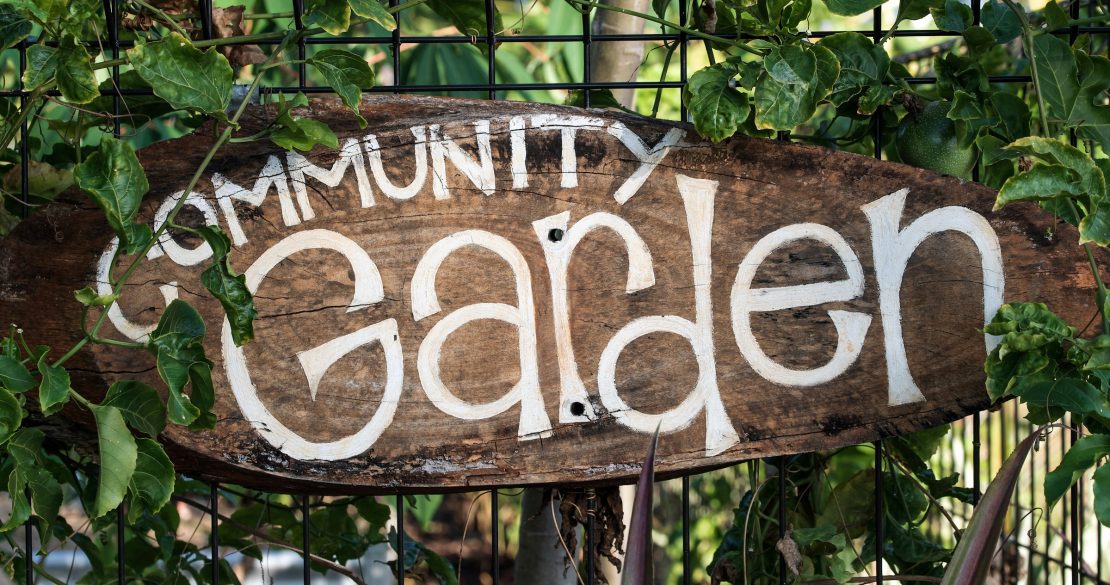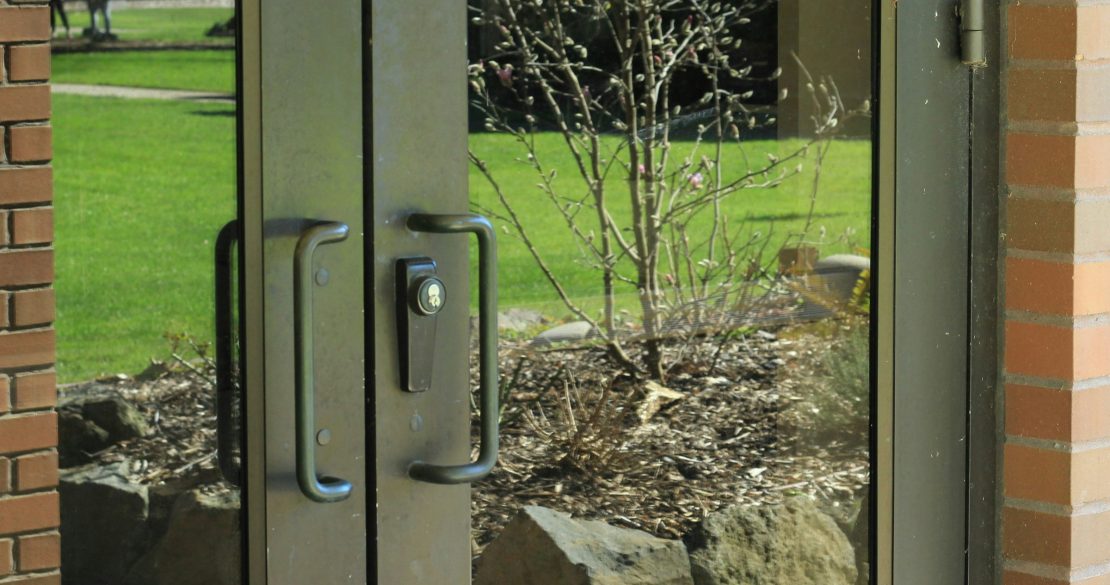A community garden is a place where residents of a local community come together to socialize and work toward a common goal – a bountiful harvest of fruits, veggies, flowers, and other plants that directly benefit the community at large.
Creating a community garden on your corporate campus can be a great way to foster your own community relationships and make employees and tenants feel they are making a larger contribution to the success of the business while also benefiting their own health and well-being.
Table of Contents
What is a Community Garden?
Why Start a Community Garden on Your Corporate Campus?
Talk to Employees/Tenants
Start Planning
Set Aside the Land
Budget
The Plants
Prep the Site & Build
Garden Rules
Plant & Establish the Garden
Enjoy the Fruits of Your Labor
Benefits of a Community Garden on Your Corporate Campus
Final Thoughts
What is a Community Garden?
The American Community Gardening Association defines a ‘community garden’ as a garden that grows plants that benefit the surrounding community. These can include fruits, vegetables, flowers, or other decorative plants, although most community gardens focus on food.
A community garden is managed by members of the local community, and those who tend the garden typically partake in the crops they help cultivate.
Why Start a Community Garden on Your Corporate Campus?
There are many benefits to starting a community garden:
– Plants grown produce food and/or beauty to the local community (your corporate center)
– Participants in community garden cultivation have higher consumption of fruit & vegetables per day than non-participants
– Gardens create gathering spaces for the community it serves
– The garden may serve as a focal point for other landscaping
– Serves as a fresh food source
– Cut costs (if you are stocking break room areas with snacks)
Talk to Employees/Tenants
When you consider starting a project like a community garden, you need the community on board. The first step in any large endeavor is to speak with employees and tenants to gauge interest. If few people are interested in the additional work of cultivating the garden or feel they will benefit from the plants it produces, a community garden may not be for you. Even if you start with a small garden, if no one is interested, your garden will fall into disrepair and become overrun by weeds and dead plants.
Start Planning
Once you’ve confirmed enough people are interested in the idea, you need to start planning. There are many things to consider!
Set Aside the Land
The building(s) of your corporate campus needed thorough planning and thought to become a viable place to do business. Finding a lot, clearing it, building, and outfitting every last detail – including landscaping – took weeks, months, and possibly years.
Your community garden doesn’t require planning on that scale, but planning one is more than planting some vegetables in the unused corner of the campus. No matter what you plan to cultivate, you need a spot with enough sun and rain exposure to allow the plants grow and thrive. In Arizona, that also means being close to water sources like the campus irrigation system for the times of year when rainfall is sparse.
Another consideration when deciding where your garden will be is the size of garden you want. Replacing some of your desert landscaping with a community garden is a great idea, but a small strip of land is likely not enough for an effective garden.
Budget
Just as you set aside the land to create the garden, you need to set aside the money to create it. Based on the size of garden you want and the types of plants you intend to grow, allocate funds for startup costs as well as regular maintenance.

The Plants
When speak with employees and tenants about starting a community garden, don’t forget to ask what plants they would benefit the most from having available. Fruits and veggies are almost a given, but finding out what kinds are most popular can help drive plant choice – you don’t want to plant a garden full of food no one will eat!

If part of your community garden plan is outreach to your surrounding community as well, you’ll want to consider a wider variety than just what tenants and employees have requested.
Prep the Site & Build
The preparation and building of your corporate campus took much more time and many more steps, but the planning and building of a community garden needs to be just as intentional. Now is the time for taking actions and making decisions including:
– Getting the soil tested for fertility, pH, and heavy metals
– Dividing the site into plots or individual beds
– How will compost and waste be handled?
– How to protect the space while making it available to users
– Where to start seedlings before planting
– Appeal (consider garden décor, a seating area, etc. to make the garden a place people want to be)
Garden Rules
Create a list of rules, guidelines, or expectations and post them near the garden as well as providing them to every employee or tenant. These can include types of plants to be cultivated, the weeding and watering schedule, whether or not you will allow pesticides or other chemicals (and how to prevent over-spraying), or even access times.
Plant & Establish the Garden
You’ll want to look into some gardening basics, like how long it takes to establish each type of plant you want to cultivate. Different plants have different water and sun requirements, both while the plants are taking root in the ground and throughout their growth until harvest. Once your garden is thriving and growing, make sure you stick to a watering schedule that promotes growth.

Enjoy the Fruits of Your Labor
As a final step, enjoy the fruits – and veggies, and flowers, and other plants – of your labor. A properly maintained garden results in delicious fruits and veggies and beautiful plants for everyone to enjoy. If you find you have a surplus, reach out to the surrounding community and offer the extra bounty to those in need.
Benefits of a Community Garden on Your Corporate Campus
There are a number of reasons why you’ll want to include a community garden on your corporate campus. Some of these include employee or tenant health and well-being, fostering a sense of community and collaboration between coworkers, building relationships with other businesses on campus, and more.
Final Thoughts
Creating a community garden on your corporate campus is a unique way to bring together employees, tenants, and even the broader community together to achieve a common goal.
Before you proceed, however, there are many steps to be taken. Realty Asset Advisors can help you through those steps to ensure you have a thriving community garden that benefits your business and makes a difference for your community.
Contact us today!











